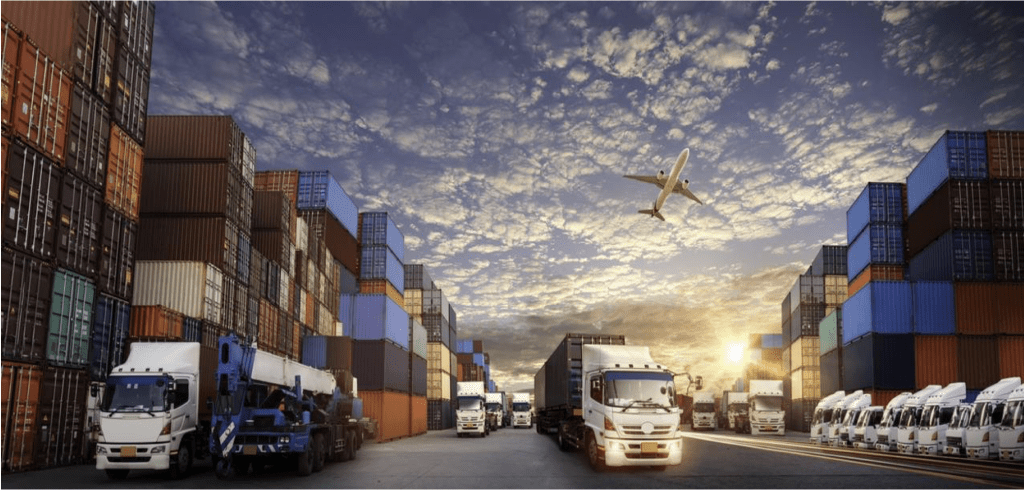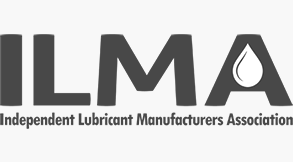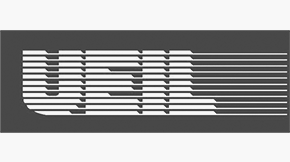Newsletters/ May 13, 2021
SHIPPING CONDITIONS – FREIGHT RATES EXPECTED TO STAY AT HIGH LEVELS UP TO 2022
Higher spot rates from a week to another, limited space availability, and shipment delays became the new norm nowadays.
Specialists from the Shipping Industry forecast that this situation continues even in 2022, as the situation does not seem to improve with all the disruptions caused by high demand, tight availability of containers, and congestions worldwide.
Considering these extraordinary market conditions, the shipping lines are taking the best of it and are constantly increasing the rates to maximize their profit.
Recently, one of the major Shipping Lines, Maersk Group, registered their highest profit in all their history, reporting a net profit of $2.7bn for the first three months of the year, compared with $209m for Q1 2020.
Despite most of the shipping lines placing new orders for new vessels and containers, it will still take a while until they will take full delivery of it and be able to answer to the constantly growing demand from shippers.
Therefore, with the supply-demand dictating the freight rates, in 2021, the average increase is estimated to be around 23%, with peak months so far being noted February and April, and new surcharges such as ‘Suez Canal congestion surcharge’ being applied for May and June shipments already.
Although reports say that in 2022 rates will begin to fall, this is not expected to be anyhow at pre-pandemic levels.
Considering the difficulties we are facing, exporters and importers alike, and considering our industry where challenges appear from the tight base oils supply and very high prices, Shamrock’s advice is to continue pre-booking your volumes way in advance. Waiting for a certain decrease of logistics or feedstock costs will only increase your risk and disrupt your supply chain & production of finished lubricants.





